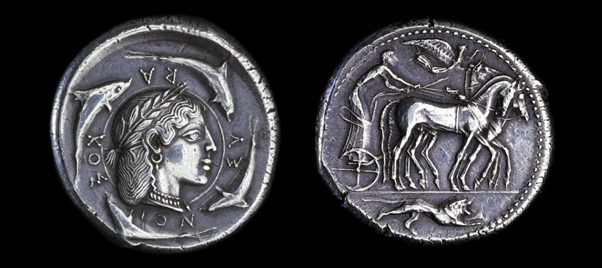
#LatinForTheDay - 7 June
"Urbem neque pro maiestate imperii ornatam et inundationibus incendiisque obnoxiam excoluit adeo, ut iure sit gloriatus marmoream se relinquere, quam latericiam accepisset."
Suetonius, Divus Augustus 28.3
"Urbem neque pro maiestate imperii ornatam et inundationibus incendiisque obnoxiam excoluit adeo, ut iure sit gloriatus marmoream se relinquere, quam latericiam accepisset."
Suetonius, Divus Augustus 28.3

'As the City was not architecturally grand enough for the dignity of the empire - and was moreover prone to both fire and flooding - he beautified it to such a degree that he could rightly boast that he left marble what had been mere brick when it had come to him.'
One of those oft-quoted snippets about Augustus' urban development of Rome, which perhaps disguises the fact that his reorganisation of the city was a key means of his exerting both conscious and subconscious control over its inhabitants.
The Image at the head of this brief thread is the Tellus panel from the Ara Pacis Augustae on the Campus Martius, commissioned by the Senate on 4 July 13 BC.
#LatinForTheDay
#LatinForTheDay
• • •
Missing some Tweet in this thread? You can try to
force a refresh

















